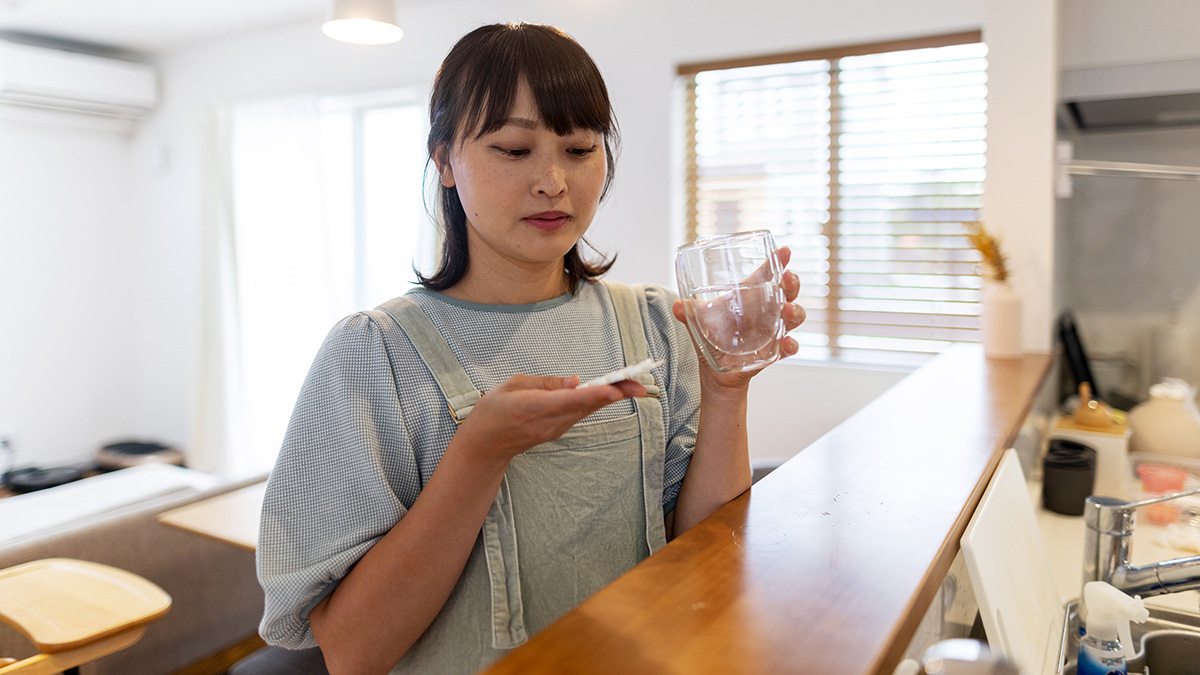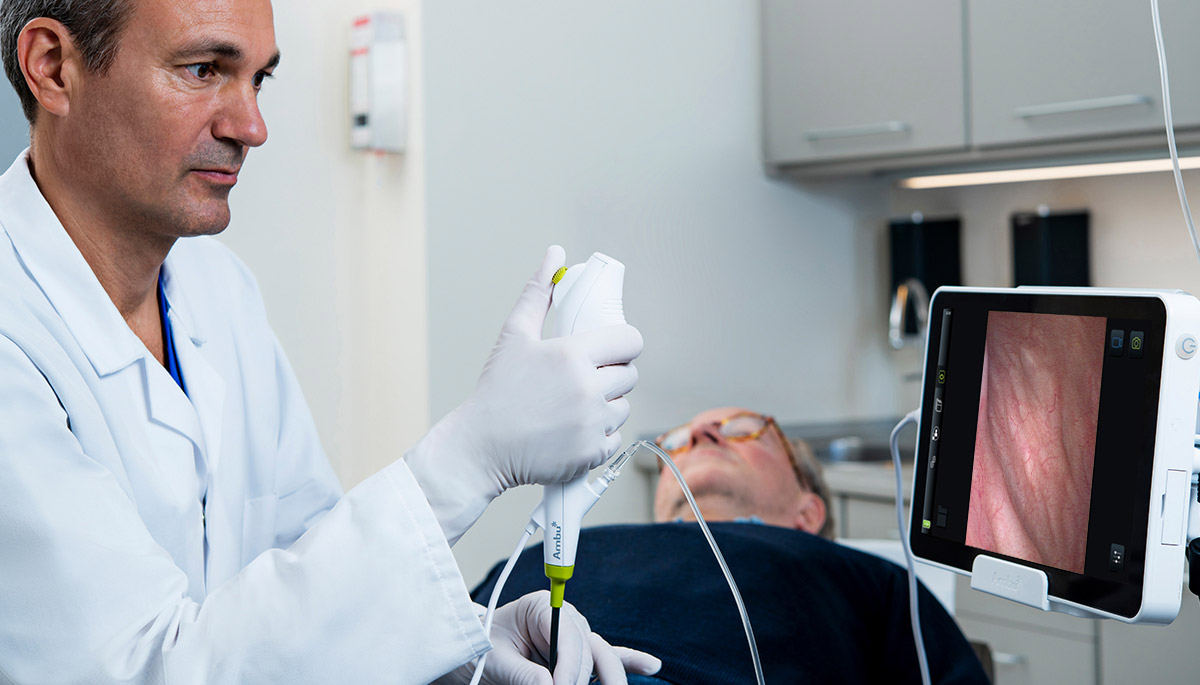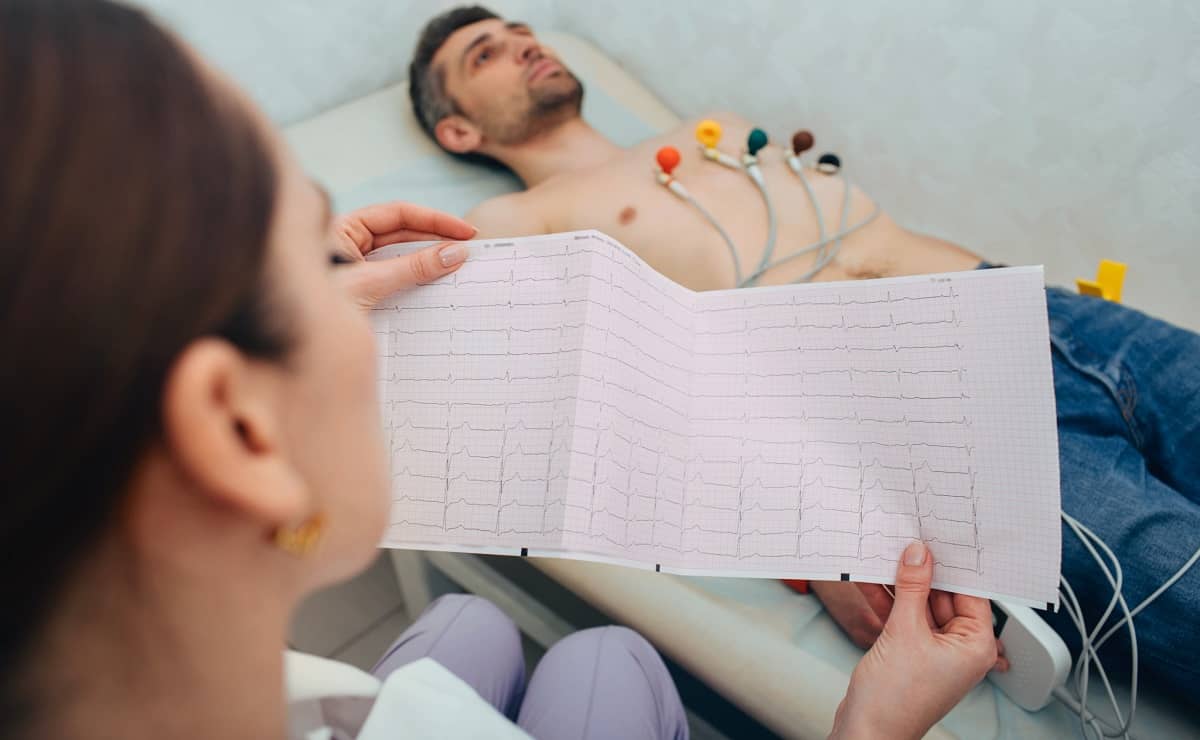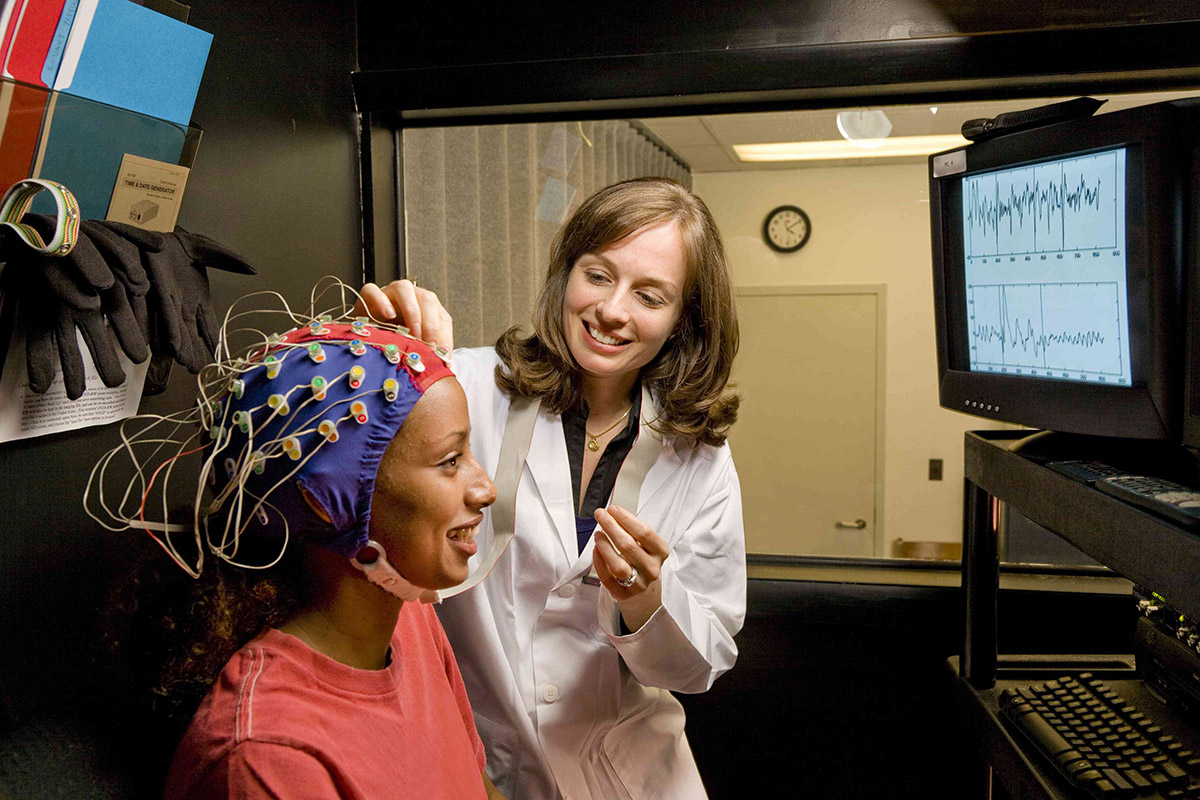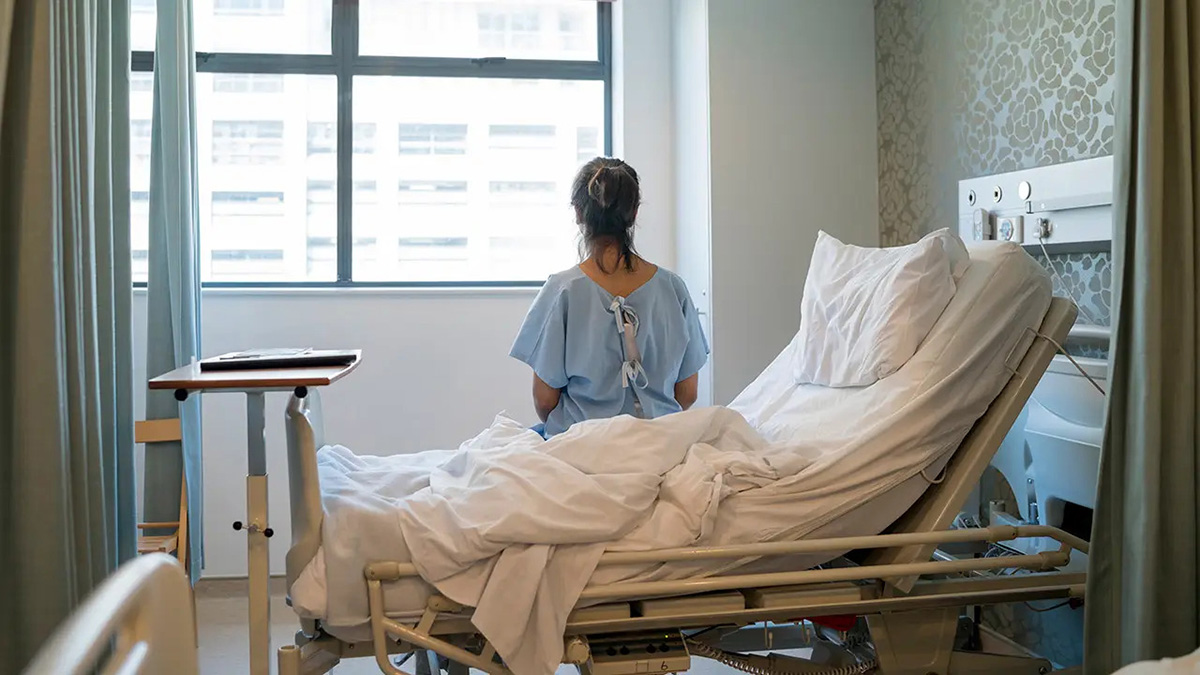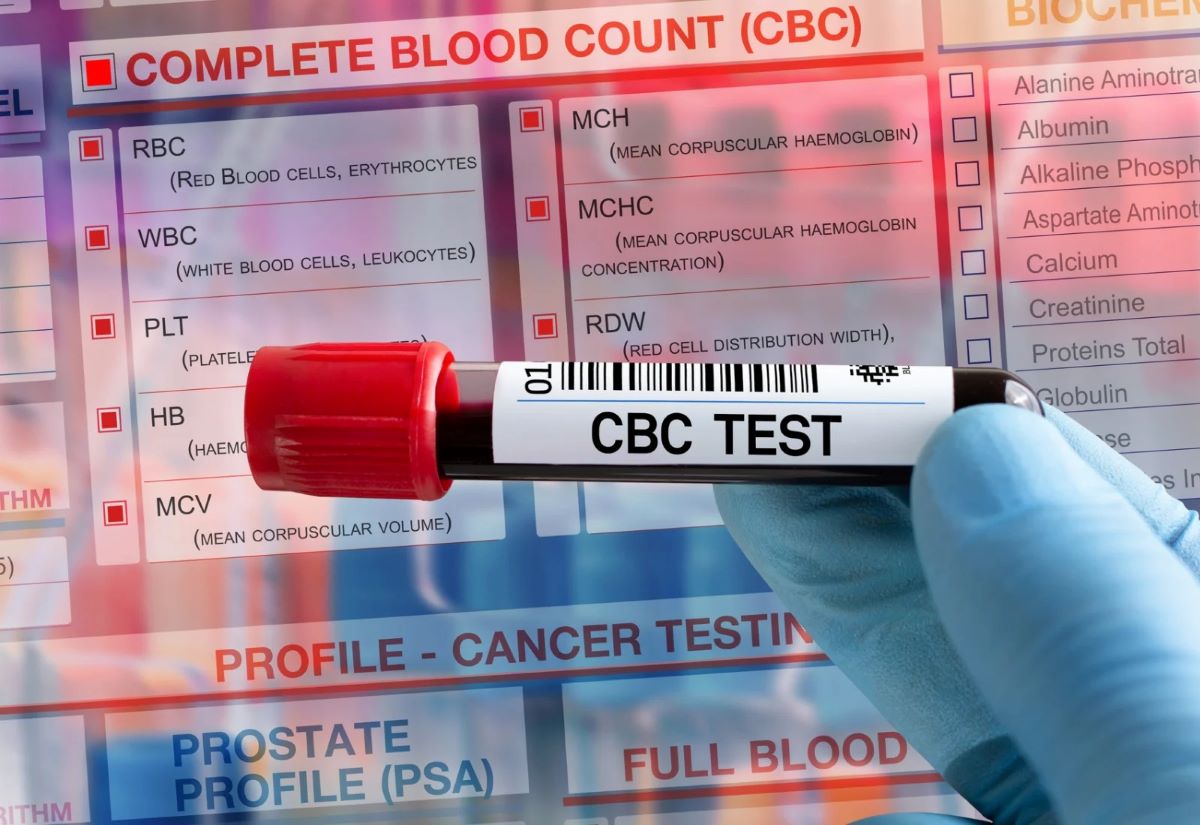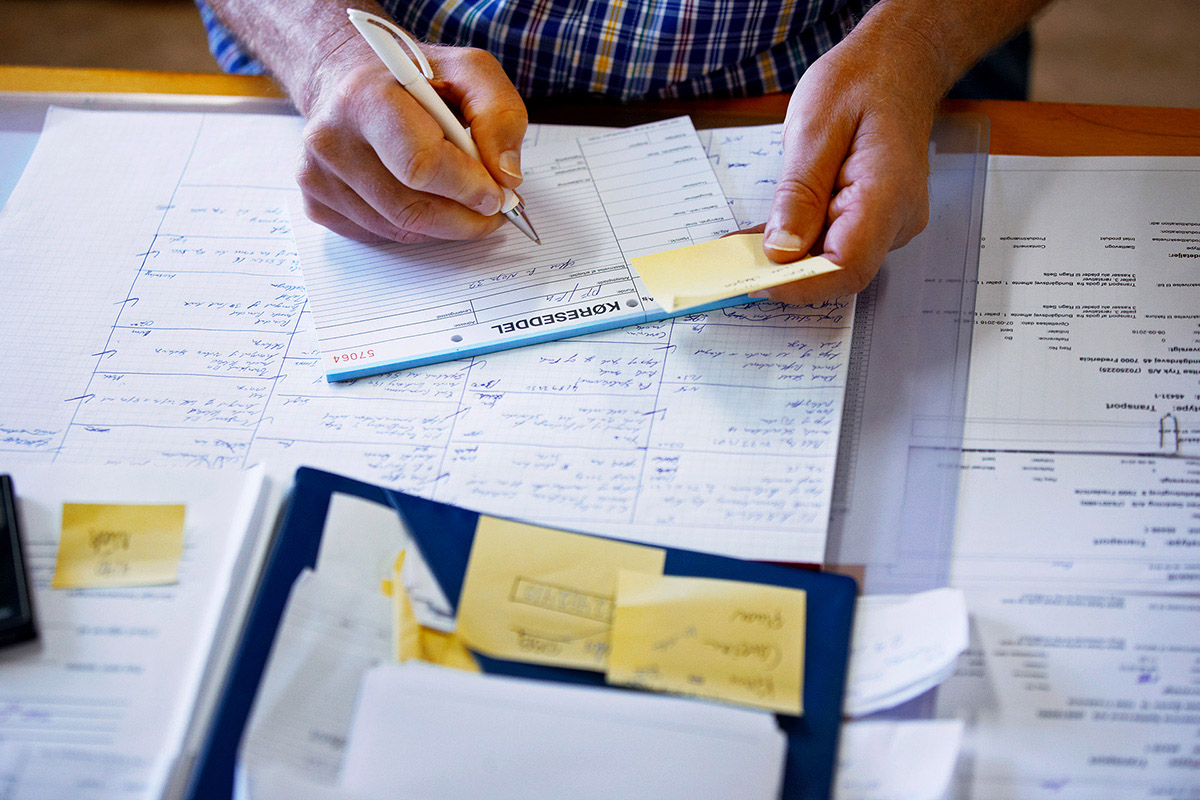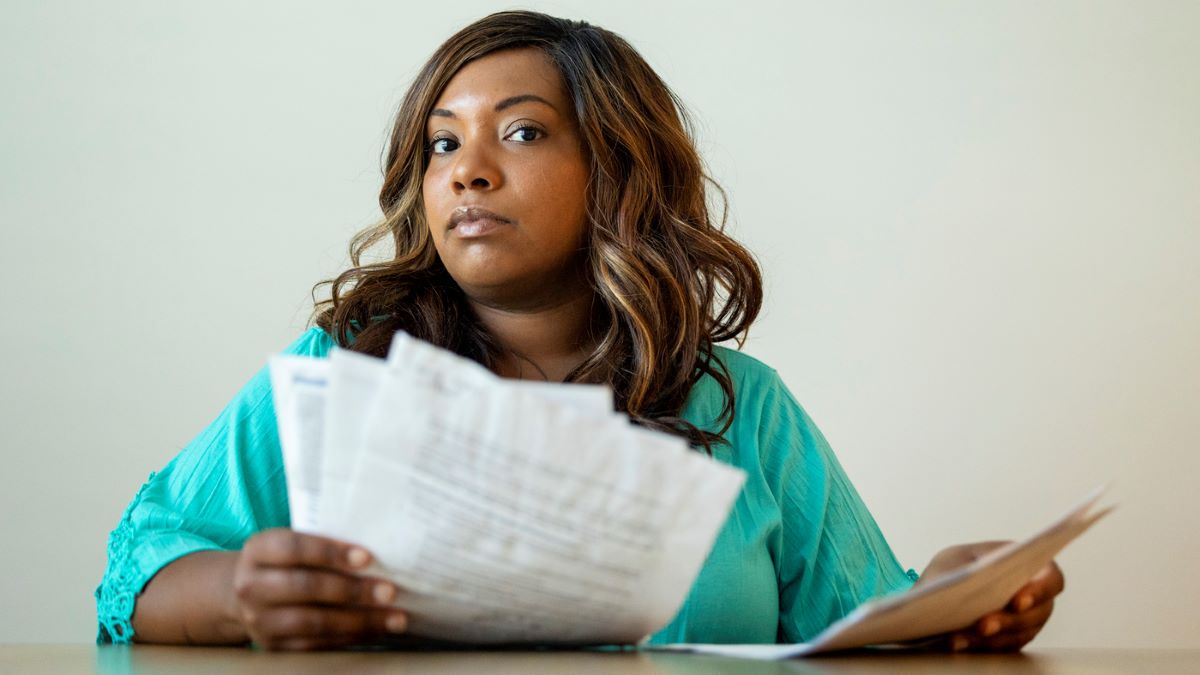

Finance
How Much Does A Biopsy Cost Without Insurance?
Published: November 6, 2023
Find out the cost of a biopsy without insurance and explore financing options. Obtain the necessary funds for medical procedures with our finance solutions.
(Many of the links in this article redirect to a specific reviewed product. Your purchase of these products through affiliate links helps to generate commission for LiveWell, at no extra cost. Learn more)
Table of Contents
Introduction
When faced with a potential medical concern, doctors often recommend a biopsy to provide a definitive diagnosis. Biopsies are medical procedures in which a small sample of tissue or cells is taken from the body and then examined under a microscope to determine if there are any abnormalities or diseases present. They are commonly used to diagnose conditions such as cancer, infections, and autoimmune disorders.
However, undergoing a biopsy can be an added stressor for many individuals, especially when it comes to the cost. Without insurance coverage, the financial burden of a biopsy can be a significant concern. It is important to understand the factors that influence biopsy costs and explore affordable options or financial assistance programs that may be available.
In this article, we will delve into the various aspects surrounding biopsy costs without insurance coverage. We will discuss the factors that affect the cost of a biopsy procedure, explore the average cost range for different types of biopsies, and provide information on affordable options and financial assistance programs that individuals can consider.
It is important to note that the costs mentioned in this article are estimates and can vary depending on factors such as geographical location, healthcare provider, and the specific circumstances of each case. It is always recommended to consult with healthcare professionals and conduct thorough research to get accurate and up-to-date information about biopsy costs in your area.
Understanding Biopsy
A biopsy is a medical procedure that involves the removal of a small sample of tissue or cells from the body for analysis. It is typically performed to diagnose various medical conditions, including cancer, infections, inflammatory diseases, and autoimmune disorders. The sample obtained during a biopsy is examined under a microscope by a pathologist, who can identify any abnormalities or diseases present.
There are different types of biopsies, each designed to target specific areas or organs of the body. Some common types of biopsies include:
- Needle Biopsy: This is a minimally invasive procedure where a thin needle is used to extract tissue or fluid samples. It can be performed with the guidance of imaging techniques such as ultrasound, CT scan, or MRI.
- Endoscopic Biopsy: In this type of biopsy, a thin, flexible tube called an endoscope is inserted into the body through a natural opening or a small incision. The endoscope contains a camera and specialized instruments to collect tissue samples.
- Surgical Biopsy: This procedure involves the surgical removal of a sample of tissue or an entire organ, and it is typically performed under general anesthesia.
The choice of biopsy procedure depends on factors such as the location of the suspected abnormality, the size of the sample needed for diagnosis, and the patient’s overall health condition.
Prior to the biopsy, the healthcare provider will explain the procedure, its purpose, and potential risks or complications. It is essential for patients to communicate any allergies, medications, or previous medical conditions to ensure a safe and successful biopsy.
After the biopsy, the obtained sample is sent to a laboratory for analysis. Pathologists will examine the tissue cells under a microscope, looking for any signs of abnormalities that may indicate a disease or condition. Once the results are available, the healthcare provider will discuss the findings and develop an appropriate treatment plan.
Overall, biopsies play a crucial role in diagnosis and treatment planning. By providing valuable insights into the presence of diseases or abnormalities, biopsies help ensure accurate and targeted medical care.
Factors Affecting Biopsy Costs
Several factors can influence the cost of a biopsy procedure. It is essential to understand these factors to gain insight into why the costs can vary. Here are some key factors that can impact biopsy costs:
- Type of Biopsy: The type of biopsy procedure being performed can play a significant role in determining the cost. Generally, less invasive procedures such as needle biopsies tend to be less expensive compared to more complex surgical biopsies.
- Location of the Biopsy: The location of the biopsy can affect the overall cost. Biopsies performed in outpatient settings or in specialized clinics may have different pricing structures compared to those conducted in hospitals or surgical centers.
- Healthcare Provider: Different healthcare providers may charge varying fees for the same biopsy procedure. The cost can be influenced by factors like the provider’s expertise, reputation, geographic location, and even the facility’s overhead expenses.
- Diagnostic Imaging: In some cases, diagnostic imaging techniques such as ultrasound, CT scan, or MRI may be used to guide the biopsy procedure. These additional imaging costs can contribute to the overall expenses of the biopsy.
- Pathology Analysis: The examination of the biopsy sample by a pathologist is a crucial step in the diagnostic process. The cost of pathology analysis can vary depending on the complexity of the case and the number of slides or tests required.
- Additional Tests: Depending on the specific case, additional laboratory tests or molecular studies may be necessary to obtain a comprehensive evaluation. These additional tests can incur additional costs that should be considered.
- Insurance Coverage: For individuals with insurance coverage, the out-of-pocket costs for a biopsy can vary significantly based on the specific insurance plan. Factors such as deductibles, copayments, and coverage limitations can influence the final cost.
These factors, among others, contribute to the overall variation in biopsy costs. It is crucial to discuss the expected expenses with healthcare providers and insurance companies to gain a clear understanding of the financial implications associated with the procedure.
Average Cost of Biopsy Without Insurance
Without insurance coverage, the cost of a biopsy can vary widely depending on various factors, including the type of biopsy, geographical location, and the healthcare provider. It’s important to note that the following cost estimates are general ranges and can differ significantly from case to case:
For needle biopsies, which are less invasive procedures often guided by imaging techniques, the average cost can range from $1,000 to $3,000. These types of biopsies are typically performed in outpatient settings and are less costly compared to surgical biopsies.
Surgical biopsies, on the other hand, involve a more extensive procedure and are performed under general anesthesia. The average cost of surgical biopsies can range from $3,000 to $10,000, depending on the complexity of the case and the hospital or surgical center where the procedure is performed.
In addition to the biopsy procedure itself, it’s important to consider the costs of diagnostic imaging, pathology analysis, and any additional tests that may be required. Diagnostic imaging costs can range from a few hundred dollars to over a thousand dollars, depending on the type of imaging modality used.
Pathology analysis, which involves examining the biopsy sample under a microscope, can range from $500 to $2,000, depending on the complexity and extent of the analysis required. Additional laboratory tests, such as genetic or molecular studies, can incur further costs that should be taken into account.
It’s important to keep in mind that these cost estimates are median ranges and can vary greatly depending on the specific circumstances of the case. Healthcare providers and facilities may have different pricing structures, so it’s crucial to inquire about costs upfront and consider seeking multiple opinions and quotes.
Without insurance, the financial burden of a biopsy can be significant. However, it’s important to remember that there are options available to help manage and reduce these costs, including financial assistance programs, payment plans, and negotiation with healthcare providers.
Affordable Options for Biopsy Costs
While the cost of a biopsy without insurance can be a concern, there are several options available to help make it more affordable. Consider the following options if you are facing financial challenges:
- Research and Compare Costs: Before proceeding with a biopsy, it is essential to research and compare costs from different healthcare providers and facilities. Pricing can vary significantly, so obtaining multiple quotes will give you a better understanding of the range of costs and potential savings.
- Discuss Payment Plans: Many healthcare providers offer payment plans or financing options to help patients manage the cost of procedures. Speak with the billing department or financial counselor at your healthcare facility to explore these options and create a manageable payment schedule.
- Explore Community Health Centers: Community health centers often provide affordable or discounted medical services, including biopsies, to individuals without insurance or with limited financial resources. These centers typically offer sliding scale fees based on income, making them a viable option for affordable healthcare.
- Look for Free or Low-Cost Clinics: Free or low-cost clinics may also offer biopsy services for individuals who are uninsured or underinsured. These clinics prioritize providing essential healthcare services at reduced costs or no cost to those who qualify based on income or other criteria.
- Consider Clinical Trials: Some clinical trials and research studies may cover the costs of certain medical procedures, including biopsies, as part of their study protocols. Discuss with your healthcare provider the possibility of participating in clinical trials and whether any associated costs would be covered.
- Seek Financial Assistance Programs: There are various financial assistance programs, both national and local, that provide help to individuals in need of medical procedures. These programs can help cover or reduce the costs of biopsies for eligible individuals. Research and inquire about these programs at local hospitals, nonprofits, or government agencies.
It’s important to proactively explore and leverage these options to make the biopsy procedure more affordable. Do not hesitate to reach out to medical professionals and organizations for guidance and support in finding the most suitable and affordable options for your specific situation.
Seeking Financial Assistance for Biopsy
For individuals who are unable to afford the costs associated with a biopsy without insurance coverage, there are financial assistance programs available to provide support. Here are some options to consider:
- Hospital Financial Assistance Programs: Many hospitals have financial assistance programs that can help individuals who are unable to pay for medical services, including biopsies. These programs are often based on a sliding scale and take into account a person’s income and ability to pay. Contact the hospital’s billing department or financial counselor to inquire about the availability of such programs and the application process.
- Government Programs: Government programs such as Medicaid or state-specific assistance programs may offer coverage for medically necessary procedures, including biopsies, for individuals who meet certain income and eligibility criteria. Visit the official government healthcare website or contact local social service agencies to inquire about possible avenues for financial assistance.
- Nonprofit Organizations: There are also nonprofit organizations that provide financial assistance for medical procedures. These organizations might specifically focus on assisting individuals who need diagnostic tests such as biopsies. Research and reach out to these organizations to inquire about their qualification criteria and application processes.
- Patient Advocacy and Support Groups: Patient advocacy groups or support organizations related to specific medical conditions can help individuals navigate the financial aspects of biopsies. They may provide information about resources and grants available for individuals requiring medical procedures. These groups can also offer emotional support and connect you with others who have faced similar challenges.
- Community Fundraisers: In some cases, individuals have successfully organized community fundraisers to help cover medical expenses. Local communities, friends, and family members may be willing to contribute to the costs of a biopsy procedure. Consider reaching out to your personal network or utilizing online crowdfunding platforms to raise funds for your medical needs.
When seeking financial assistance, it is important to gather all necessary documentation, such as proof of income and medical records, to support your application. Be prepared to provide detailed information about your financial situation and the specific procedure you require.
Remember, you are not alone in facing financial challenges related to healthcare. There are resources and organizations dedicated to helping individuals access the necessary medical procedures, including biopsies. Do not hesitate to seek out these options and advocate for your financial needs.
Conclusion
Undergoing a biopsy without insurance coverage can be a financial concern for many individuals. However, by understanding the various factors that affect biopsy costs and exploring available options, it is possible to make the procedure more affordable and manageable.
Factors such as the type of biopsy, location of the procedure, healthcare provider, and additional tests or diagnostic imaging can all contribute to the overall costs of a biopsy. It is important to research and compare costs, discuss payment plans with healthcare providers, and explore affordable healthcare options such as community health centers or free clinics.
Financial assistance programs, including hospital assistance programs, government programs, and nonprofit organizations, are valuable resources that can help alleviate the financial burden of a biopsy. It is essential to proactively seek out these programs and inquire about eligibility criteria and application processes.
Remember that you are not alone in navigating the financial challenges of medical procedures. Patient advocacy and support groups, as well as your personal network, can provide valuable guidance and support during this time. Exploring community fundraisers or crowdfunding platforms can also be effective ways to seek financial assistance.
While the costs of a biopsy without insurance can be daunting, it is important to prioritize your health and seek the necessary medical care. By taking the time to understand the costs involved, explore options, and reach out for support, you can navigate the financial aspects of a biopsy and focus on your well-being.
Always consult with healthcare professionals and conduct thorough research to obtain accurate and up-to-date information about biopsy costs and available assistance programs in your specific area. By being proactive and resourceful, you can take control of your healthcare journey and receive the necessary medical attention you need.
